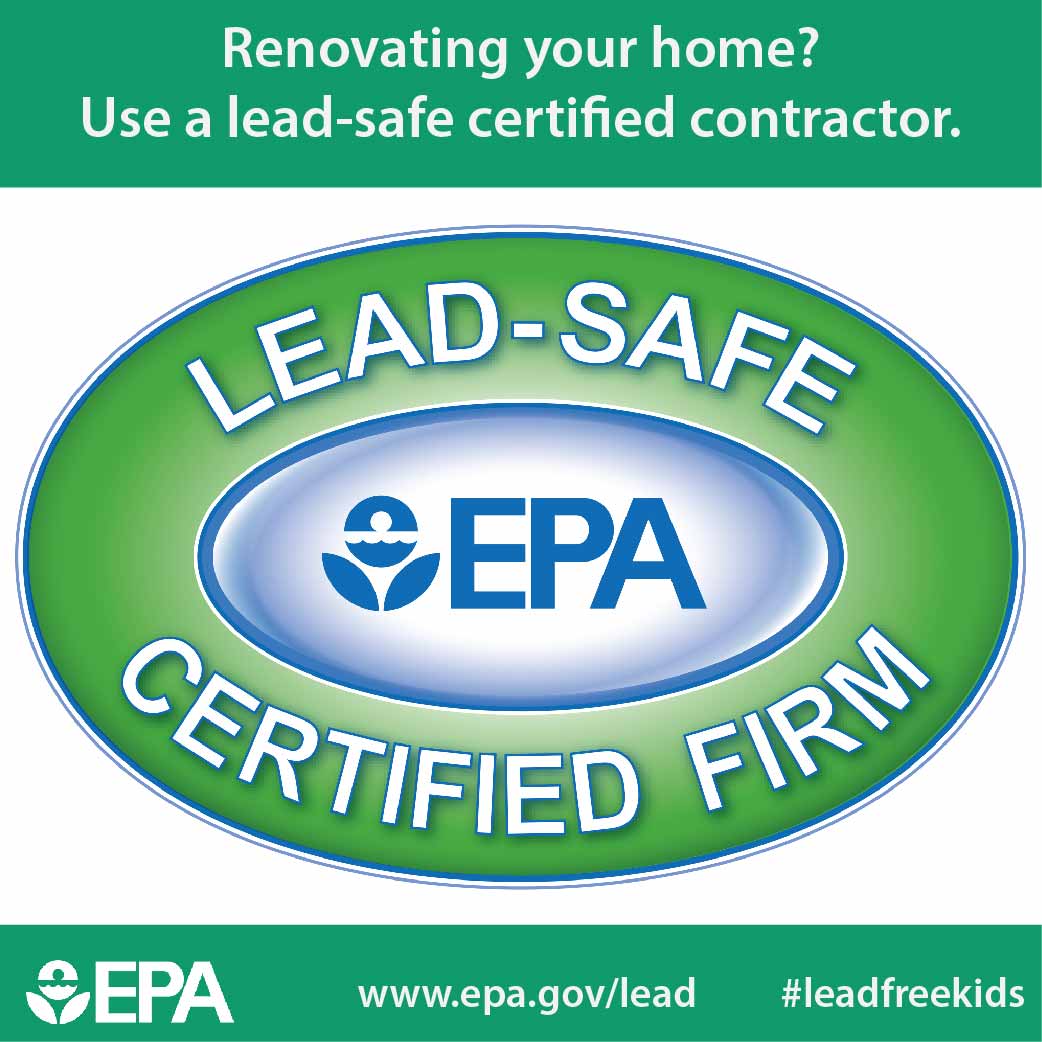How Weather Impacts Industrial Painting
How Weather Impacts Industrial Painting
Blog Article
Developed By-Borg Gylling
When you're managing a commercial painting job, you can not disregard exactly how climate plays an essential duty in your success. Aspects like temperature level, humidity, and wind can either improve or weaken your initiatives, impacting everything from application top quality to safety on the job site. You might believe you can paint anytime, but the fact is that specific conditions can lead to expensive hold-ups or poor surfaces. Recognizing these elements is key, however what details methods can you carry out to make certain ideal outcomes in the middle of uncertain weather condition?
Temperature Level and Paint Application
When it comes to industrial painting, temperature plays a vital role in just how well the paint adheres and dries out. If you're planning a job, keep an eye on the temperature range suggested by the paint producer. Ideally, you intend to work within that variety for optimal outcomes.
When temperature levels are too low, paint can become thick and harder to apply, bring about uneven insurance coverage. You might find yourself having problem with brush strokes or roller marks that just will not vanish.
On the flip side, high temperatures can trigger paint to dry also quickly. This can lead to problems like fracturing or peeling off, as the paint does not have sufficient time to bond effectively to the surface.
If it's too warm, consider arranging your help cooler parts of the day, such as early morning or late afternoon.
Humidity and Complete Quality
Moisture substantially impacts the surface quality of industrial painting jobs. When humidity levels are high, wetness airborne can disrupt the drying out process of paint. This can bring about issues like inadequate bond, unequal finishes, and increased drying times.
You could find that your paint takes longer to treat, which can delay your job timeline.
On the various other hand, reduced moisture can likewise position issues. If https://www.beaconjournal.com/story/lifestyle/columns/2021/07/16/home-tess-kitchen-cabinet-painting-tips/7962508002/ is as well completely dry, paint can dry out also swiftly, preventing appropriate progressing and resulting in a harsh finish. You desire your paint to move smoothly, and quick drying can hinder that, leaving you with an unsatisfactory surface.
To accomplish the very best finish, aim for humidity degrees between 40% and 70%. This range allows for optimal drying out problems, making sure that the paint sticks well and levels out effectively.
Take into consideration using dehumidifiers or followers to control moisture in interior projects, and attempt to plan outdoor projects for days when humidity is within the perfect array. By taking notice of moisture, you can improve the last appearance and durability of your business paint job.
Wind and Exterior Problems
While you mightn't think about wind as a major factor, it can significantly influence the outcome of outside industrial paint projects. High winds can disrupt your application process, triggering paint to completely dry also promptly. When paint dries out as well fast, it can lead to an unequal coating or noticeable brush strokes.
You'll also face obstacles with paint overspray, as wind can carry particles far from the designated surface area, leading to squandered materials and potential damages to surrounding locations.
Furthermore, solid gusts can produce security risks on the job website. Ladders and scaffolding are a lot more at risk to tipping in windy problems, putting your team in danger. It's vital to check wind speeds prior to beginning a task. If https://www.bobvila.com/slideshow/13-top-tips-to-make-any-paint-job-go-faster-48365 surpass secure limitations, it's ideal to delay your work to make sure a top quality finish and keep security.
On calmer days, you can make the most of the perfect problems to achieve smooth, specialist results. Constantly inspect the weather prediction and strategy as necessary.
Final thought
Finally, recognizing just how weather condition impacts industrial painting is crucial for accomplishing the best outcomes. By checking temperature, moisture, and wind conditions, you can schedule your projects throughout optimal times. This not just ensures a smooth application yet additionally boosts the quality of your surface. So, keep an eye on the forecast and strategy as necessary-- doing so will conserve you time, cash, and aggravation while supplying an expert end result every time you paint.
